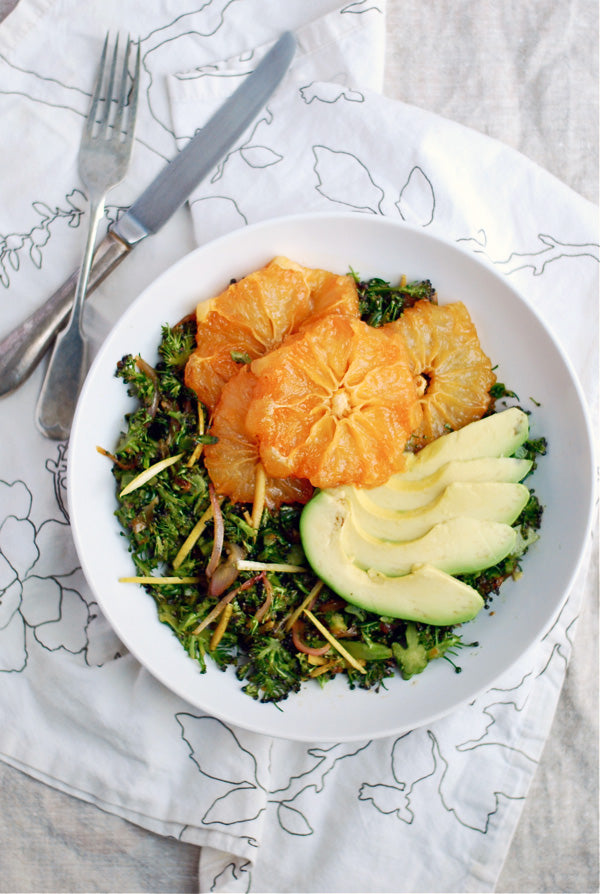Changing the way you shop for your meals and clean up after them can make a big impact on the environment. Here are two ways you can reduce your impact and cook greener:
- The first step is to try and buy locally grown food. Visit farmers markets or farm stands or even harvest your own food at the farm itself. By purchasing locally grown food, you help your local economy and farmers and you also get the freshest food possible. Not only that, but the food did not have to be trucked to a far off store thus cutting down on emissions.
- Another way to go green is to buy seasonal food. Every food has a season it is ripe for. Berries in summer, melons in fall, and so on. Not only is food cheaper when it is in season it tastes better too. By eating seasonal food you are preventing foods being transported from far away countries. Oranges and grapes in winter have to come from somewhere, and that somewhere is usually far away. By eating seasonally you can try new recipes, discover new foods, cut down on emissions and save money.
- Of course, you know it is always best for your health and the planet’s health to buy organic food. Reducing the amount of chemicals you ingest and the amount that flows into the water table is a great reason to buy organic food. Not only does it keep your body healthier but it also reduces the impact that farming has on the environment.
- Last but not least, try to shop once a month. By reducing how many times you drive to the store you are also reducing your emissions. You can save a lot of time and money by planning ahead and mapping out your meals for the month. Even if you can cut down from a once a week visit to a once every two week visit you can save money, eat better, and stay greener.
- Natural oils make for great smelling and great working cleaners. Orange, lemon, and pine oil all have antibacterial qualities and are safe to use on almost any surface. They also smell great!
- Vinegar is a great natural cleaning agent that takes away smells and keeps things shiny and new looking. It is also great at dissolving oily buildup and grease.
- Hydrogen peroxide is a great sanitizer and whitener. Use on porcelain sinks to get them bright white again.
- Baking soda helps to scrub off tough stains and gritty buildup. It works great for cleaning inside ovens and other hard to clean areas.




Leave a comment
This site is protected by hCaptcha and the hCaptcha Privacy Policy and Terms of Service apply.